As you may know, there is a temporary 2% payroll tax cut in 2011. Instead of the normal 6.2% Social Security tax on gross wages up $106,800 for employees, it is only 4.2%. This is supposed to be reflected automatically in your paycheck, so most people’s paychecks this year should have been a little bit bigger. I say most because at the same time, the Making Work Pay Tax Credit was expired for 2011. Here’s a chart from the Tax Policy Center showing the net savings from last year for your given income:
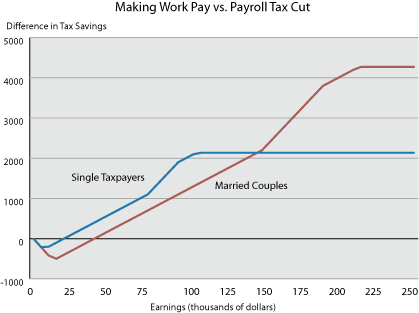
A single person earning $50,000 would be paying $600 less in taxes in 2011 vs. 2010. This is the net result of gaining the $1,000 payroll tax cut, and losing $400 from the Making Work Pay Tax Credit of 2009/2010.
The law was passed right around the start of the new year, so according to Consumer Reports so there could have been a mix of under-withholding and over-withholding for the first few pay cycles. Employers had until March 31st to get all the withholding sorted out. It’s pretty late in the year already, but still I just did a quick check to make sure that I am still getting that 2% savings. It just takes a minute – find your paycheck stub, and divide the Social Security line by your Gross Pay line. It should equal to 0.042, or 4.2%.
(Update: It could end up a bit less than 4.2% if you have items that are not subject to Social Security tax, like health insurance premiums or Flexible Spending Accounts. But it shouldn’t be more than 4.2%.)
You’ve been putting that extra money to good use, right?
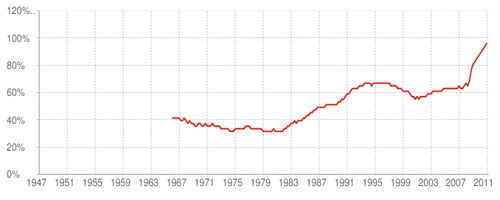
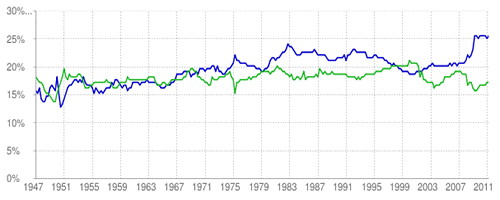
 TripAlertz.com is a new site that is basically like Groupon for travel, even though
TripAlertz.com is a new site that is basically like Groupon for travel, even though 
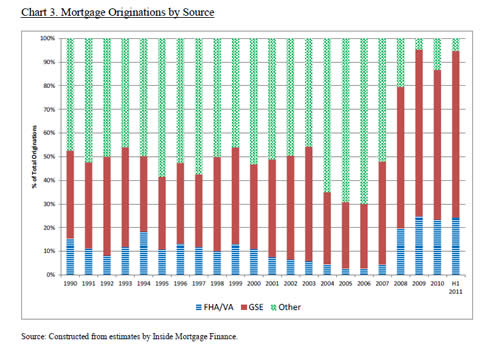

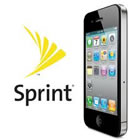 If you’re looking for the cheapest plan that offers the iPhone 4S (or iPhone 4), with unlimited data and text included, then check out the Sprint Everything Plus Referral Program. This is meant for friends of employees, but a Sprint executive has offered to refer us:
If you’re looking for the cheapest plan that offers the iPhone 4S (or iPhone 4), with unlimited data and text included, then check out the Sprint Everything Plus Referral Program. This is meant for friends of employees, but a Sprint executive has offered to refer us: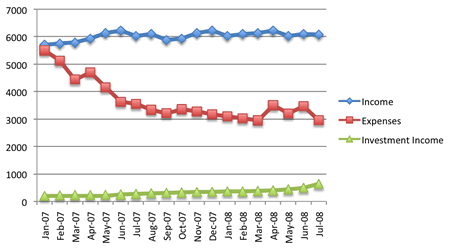
 The Best Credit Card Bonus Offers – March 2024
The Best Credit Card Bonus Offers – March 2024 Big List of Free Stocks from Brokerage Apps
Big List of Free Stocks from Brokerage Apps Best Interest Rates on Cash - March 2024
Best Interest Rates on Cash - March 2024 Free Credit Scores x 3 + Free Credit Monitoring
Free Credit Scores x 3 + Free Credit Monitoring Best No Fee 0% APR Balance Transfer Offers
Best No Fee 0% APR Balance Transfer Offers Little-Known Cellular Data Plans That Can Save Big Money
Little-Known Cellular Data Plans That Can Save Big Money How To Haggle Your Cable or Direct TV Bill
How To Haggle Your Cable or Direct TV Bill Big List of Free Consumer Data Reports (Credit, Rent, Work)
Big List of Free Consumer Data Reports (Credit, Rent, Work)